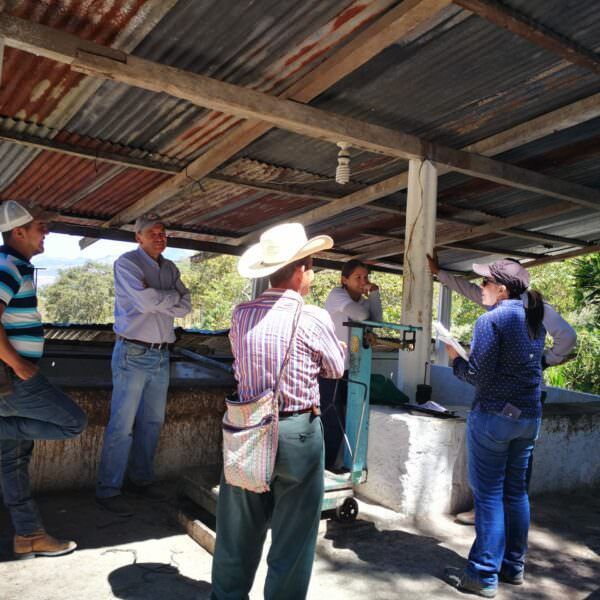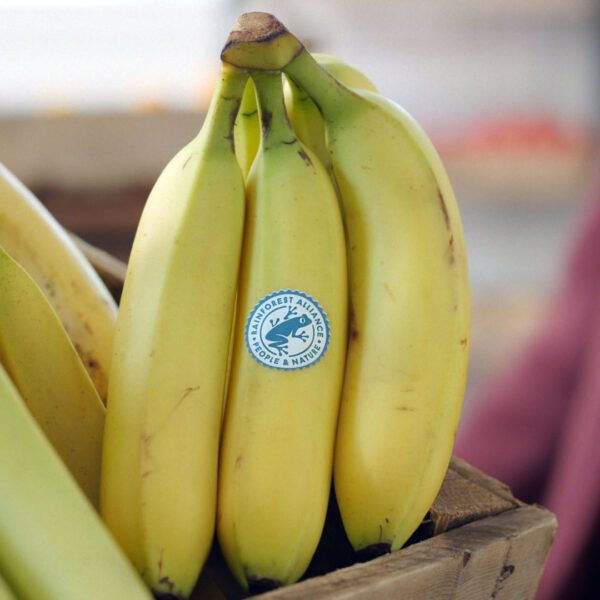Rainforest Alliance Supply Chain Certification helps companies build credible supply chain assurance, meet compliance with legal frameworks, manage risks, enhance brand value and customer loyalty, and meet public sustainability commitments.
Steps to get Supply Chain Certification
- Register in the Rainforest Alliance Certification Program (RACP) to receive an account ID. If you already have a Rainforest Alliance ID number(s), please have them available to complete your registration process. You need to register if you are buying or selling Rainforest Alliance Certified products, submitting trademarks requests to use our green frog seal, and/or signing legal agreements with the Rainforest Alliance.
- Sign a license agreement. All organizations joining the Rainforest Alliance Certification Program need to have a valid License Agreement. If you already have a valid License Agreement, please upload it to the RACP. Please visit the “Sign a License Agreement” chapter of our User Manual for more information.
- Complete a risk assessment. The Supply Chain Risk Assessment (SCRA) evaluates your company’s activities, location(s), information about the certified product or products, compliance, and social risks, among others.
- Receive an audit (if applicable). Once you submitted your SCRA, the Rainforest Alliance will determine if an audit is required and follow up with you for next steps.
- Receive a license to trade. All certified organizations must receive a license from the Rainforest Alliance to trade volumes of certified products in the Rainforest Alliance Traceability Platform. Once you have completed the steps listed above, our team will review your information and give your company a license to trade if no further clarification is required.
- Trade certified crops. All purchases and sales of Rainforest Alliance Certified volumes between certified organizations needs to be recorded in the Rainforest Alliance Certification Program to ensure compliance with our traceability rules and provide transparency and accountability to consumers of certified products.
Frequently Asked Questions
Support Our Work
Create a world where people and the planet prosper together.




